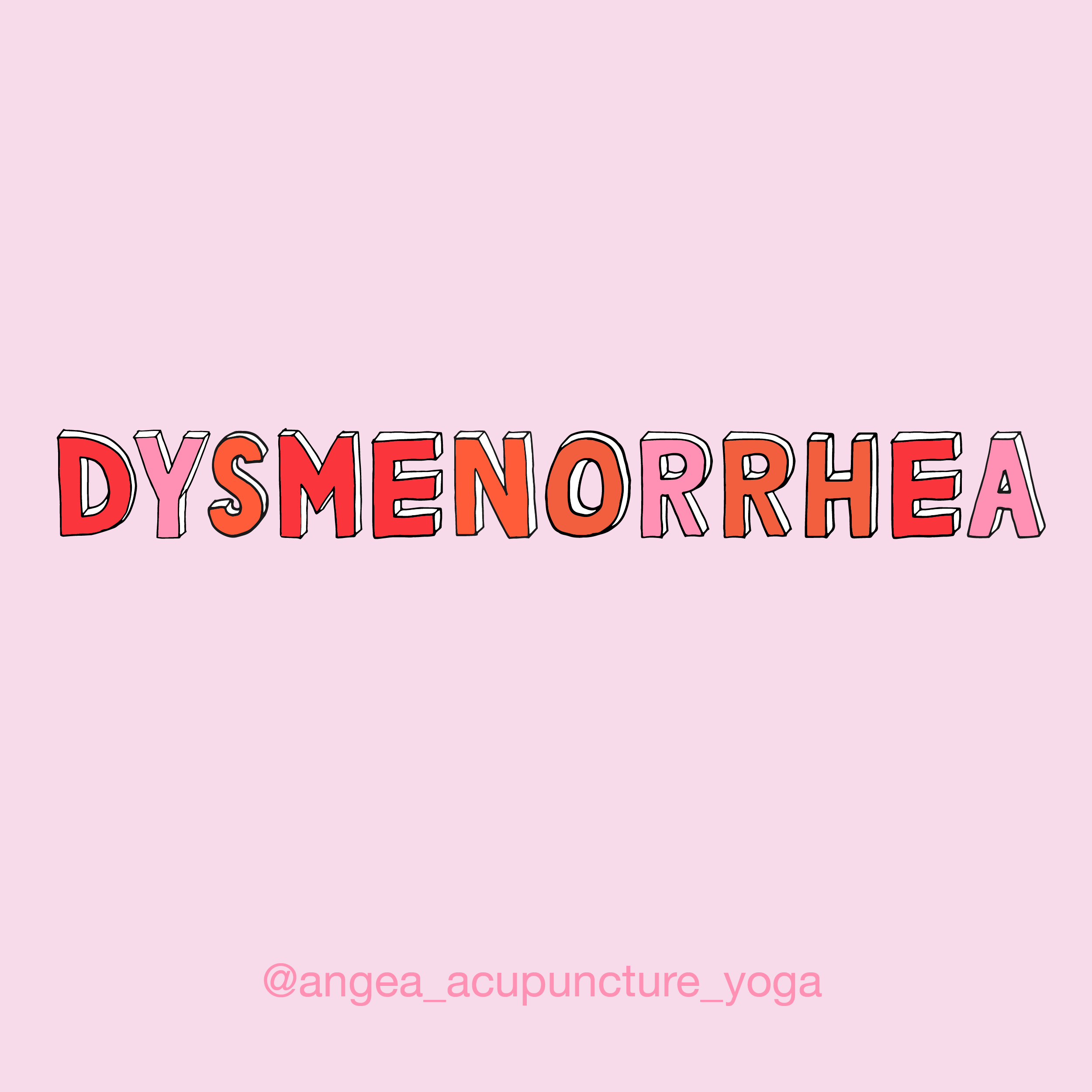Dysmenorrhea AKA known as painful periods is the occurrence of severe lower abdominal pain during your bleed. The pain is often associated with symptoms such cramping that can radiate to the thighs, or lower back, vomiting, headache, back pain, diarrhea and fatigue. Menstrual pain can begin a few hours before your period starts, or as soon as your period starts. Pain is the strongest during the first 24-36 hours.
Recent data from WHO stated that as many as 94% of young girls aged 10-20 and 8.8% of women aged 19-41 suffer from menstrual pain! Not to mention our transgender community! Realistically, the statistics would be higher. That’s too much pain each and every month.
There are two types of dysmenorrhea. Primary dysmenorrhea – characterised as pain resulting from excessive, menstrual cramps that are recurrent and come back over and over again. Pain can range from mild to severe.
Secondary dysmenorrhea is often caused by lesions in the pelvis such as endometriosis, adenomyosis, chronic pelvic inflammation, uterine fibroids, anatomical or functional abnormalities of the reproductive organs.
The endometrium (uterine lining AKA your menstrual blood) is a highly vascular gland that secretes prostaglandins. The role of prostaglandins cause gentle uterine contractions to expel (release) the endometrium. Essentially, they cause hypoxia (death of the cells) and secondly stimulate smooth muscle to contract. Remember your uterus is composed of smooth muscle. Together, this causes a gentle contraction of the endometrium and your period starts.
Unfortunately, in conditions such as endometriosis, PID, adenomyosis, fibroids it has been found there are higher concentrations of prostaglandins present in the endomtetrial lining which leads to more inflammation and pain. Elevated prostaglandins are associated with inflammation and cytokines (inflammatory markers).
The most common form of treatment is NSAIDs, which often erodes your stomach lining leading to gut issues, not to mention the negative effects on the kidneys and liver. Other side effects include nausea, headaches, dizziness, drowsiness and dry mouth.
Our favourite natural remedies are:
➕ Acupuncture – releases opioids and endorphins – natural pain killers.
➕ Yoga – lowers homocysteine levels which can be elevated with period pain
➕ Evening Primrose Oil- reduces prostaglandin activity
➕ Massage – manual therapy reduces pain
➕ Magnesium – supports smooth muscle contraction.
➕ Pelvic Physio – supporting your pelvic floor and the health of your womb/pelvis
➕ Womb Massage – moves qi and stagnation.
➕ Castor Oil packs – warms the uterus, releasing blood stagnation and reducing pain
➕ Moxabustion – generates peripheral blood flow, reduces pain and inflammatory markers.
➕ Cinnamon, Ginger, Cardamon, Tumeric Tea – Together, these are powerful anti-inlammatory agents. Ginger is shown to be an effective painkiller and turmeric and anti-inflammatory.
➕ Cruciferous Family
➕ Zinc – reduces inflammation by inhibiting prostaglandins and enhancing blood flow. 50mg Zinc Sulphate
On a scale of 1-10 how do you rate your period pain?

Amanda is the founder of Angea and has over 12 years of experience working with women to support their health journey. In addition to being a registered doctor of Chinese medicine, Amanda is a yoga teacher and founder of Mindful Pregnancy Yoga Training. Amanda offers acupuncture, Chinese herbal medicine and womb healing treatments at Angea.

